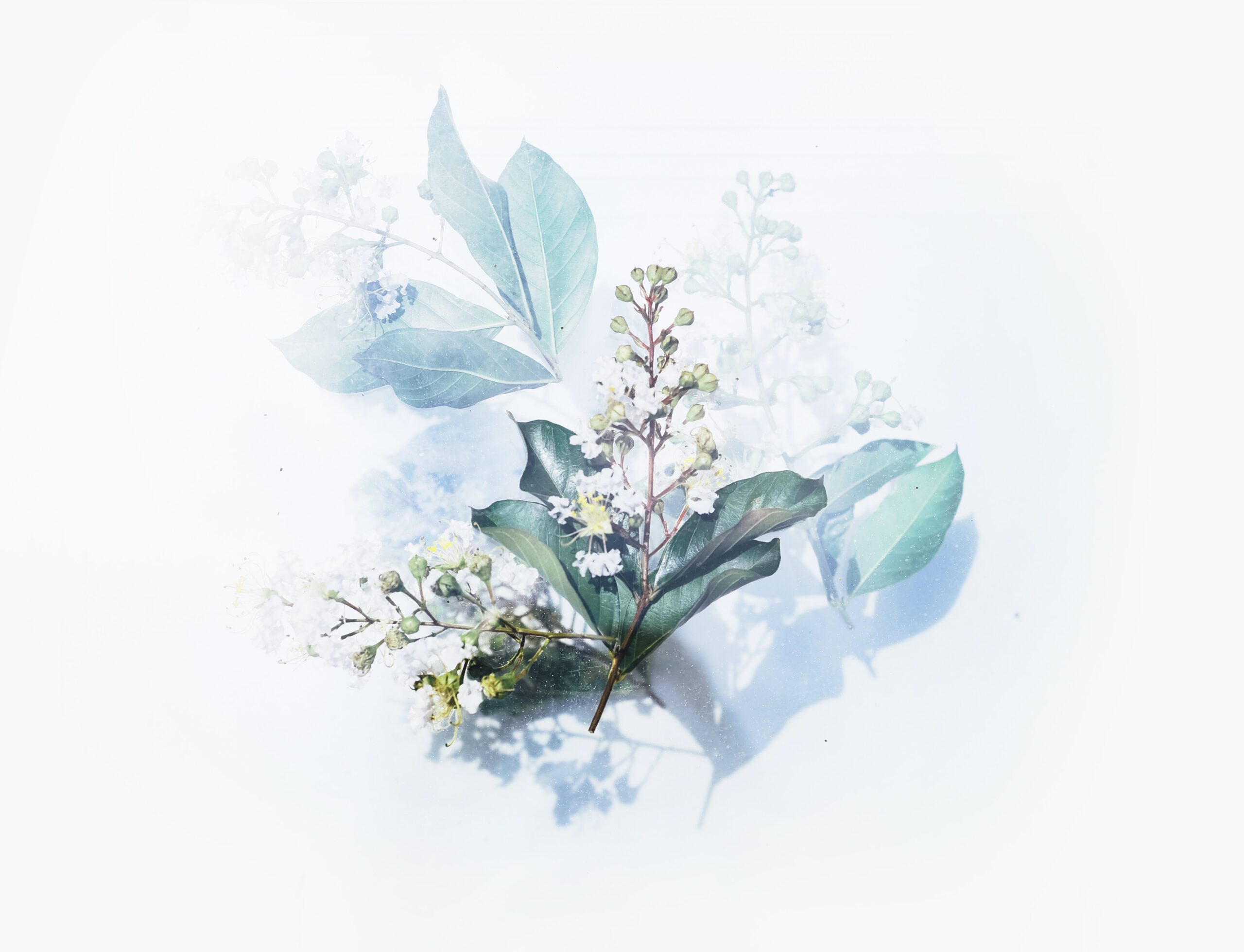You stand before your acrylic shower walls, the house renovation nearing completion, and the question arises: can I add a dash of color here? This article provides an interesting perspective on the possibility and process of painting your acrylic shower walls. Read on to discover the potential risks, benefits, and procedures that can transform your humble shower into an aesthetic focal point of your bathroom.
Choosing the Right Paint
You may be wondering, “Can you paint acrylic shower walls?” The answer is a resounding yes. However, the key to ensuring a successful paint job is choosing the right paint. The choice of paint is paramount as different types of paint interact in various ways with different surfaces. With acrylic shower walls, careful consideration needs to be given to find a paint that adheres effectively.
Examining the Acrylic Surface
Your first step should be examining the acrylic surface, paying close attention to its texture, condition, and overall state. Any bumps, inconsistencies, or damaged areas should be noted as they could potentially impact the paint adherence and final outcome of your project.
Selecting Acrylic-Friendly Paint
When painting acrylic shower walls, you need to choose a paint that is specifically designed to adhere to such surfaces. Usually, epoxy-based or acrylic paints tend to work well with acrylic surfaces. These paints are known for their durability and water resistance, making them an excellent choice for a high-humidity environment like a shower.
Considering Primer Options
Primers are wonderful tools that promote adhesion, enhance paint durability, and provide additional protection for the surface being painted. For an acrylic surface, an acrylic or latex primer may be your best option. Do remember that the primer should be compatible with your paint choice.
Preparing the Shower Walls
Before you can get down to the actual painting, you will need to prepare your shower walls. Effective preparation equates to a smoother painting process and a better end result.
Cleaning the Walls
Clean the walls thoroughly by removing any soap scum, mold, or mildew. A solution of warm water and vinegar or a commercial bathroom cleaner should suffice. Ensure the walls are clean and dry before proceeding to the next step.
Removing any Existing Paint or Finish
If there’s any existing paint or finish on the walls, you will need to remove it. This can be achieved with the use of a paint stripper or scraper. Always ensure to follow the manufacturer’s directions and safety precautions when using such products.
Sanding the Surface
Once the walls are clean and free of old paint, sand the surface. Sanding will create a rough surface, which will help the new paint adhere better. A fine-grit sandpaper or sanding sponge will do the job. Remember to clean the surface again after sanding to remove any dust.
Protecting the Area
To prevent unintentional splatters or smears of paint, it’s essential to protect the area surrounding your acrylic shower walls.
Covering the Surrounding Surfaces
Cover all non-paint surfaces with a protective material. You can use plastic or scrap paper for parts such as the shower floor, faucets, and showerhead.
Applying Painter’s Tape
For a professional-looking paint job, apply painter’s tape along the edges of your shower walls, ensuring that you only paint the areas you want to paint.
Using Drop Cloths
Drop cloths are essential for protecting your flooring from any potential paint drips and spills. Lay them down beneath the area you will be working on.
Applying the Paint
The actual painting process comes next. Paying attention to every detail will help ensure a successful outcome.
Stirring the Paint Properly
Before you begin painting, ensure the paint is stirred correctly. Stirring helps mix the components in the paint for an even and consistent application.
Using a Paintbrush or Roller
Choose between a paintbrush and a roller based on your comfort and the specifics of your project. Rollers cover larger areas faster, while paintbrushes allow for precise application around edges and corners.
Applying Multiple Coats
For the best outcome, consider applying multiple coats of paint. Multiple layers will ensure thorough coverage and a richer color. Always allow the previous coat to dry completely before applying the next one.
Allowing for Drying and Curing Time
Once you’ve finished painting, it’s time to wait. Patience at this stage could mean the difference between a successful paint job and a prematurely ruined one.
Following the Paint Manufacturer’s Instructions
Always follow the drying and curing instructions specified by the paint manufacturer as different types of paint require different curing times.
Allowing Sufficient Drying Time
Rush not the drying process. Give the freshly painted shower walls ample time to dry. Interrupting this process could lead to smearing, smudging, or unevenness in the paint.
Avoiding Use During Curing
Avoid using the shower while the paint is curing. Remember that curing is not the same as drying. It’s the process by which the paint hardens to its final state.
Maintaining the Painted Acrylic Walls
Post painting, it’s vital to maintain the pristine condition of your newly painted shower walls to prolong the paint’s life.
Cleaning Instructions
Clean your shower walls regularly. Use a non-abrasive cleaner and a soft cloth, taking care not to scrub too hard, which could damage the paint.
Monitoring for Signs of Damage
Keep an eye out for any signs of chipping, peeling, or cracking. Early detection of damage could mean simpler, less costly repairs.
Touching Up as Needed
Be prepared to touch up any areas where the paint has worn away or become damaged. Have some of your wall paint stored away for such cases.
Considering Alternatives to Painting
While painting your acrylic shower walls is a feasible option, there are alternatives to consider if painting isn’t your preferred choice.
Using Adhesive Backsplash Tiles
These are easy to install and come in various designs and colors. They add texture and pattern to your shower walls without the need for paint.
Installing Acrylic Shower Wall Panels
Another option is to use acrylic shower wall panels. They are durable, easy to clean, and can mimic other materials like tile or stone.
Opting for a Professional Refinishing Service
If you don’t feel like handling the task yourself, you could consider hiring a professional refinishing service. They will have the expertise and tools to do an excellent job.
Understanding the Pros and Cons
Like all things, painting acrylic shower walls has its advantages and possible disadvantages.
Advantages of Painting Acrylic Shower Walls
Painting gives you control over the color and finish, allowing you to customize your shower to your personal style. It is also a relatively inexpensive way to refresh your bathroom aesthetics.
Potential Disadvantages of Painting Acrylic Shower Walls
Potential downsides include the possibility of chipping or peeling if not correctly prepared or applied and the fact that painting is a more temporary solution.
Considering Long-Term Durability
When thinking about painting, consider the long-term durability. You will need to touch-up or repaint the walls occasionally to maintain their fresh and polished look.
Conclusion
Giving your acrylic shower walls a fresh coat of paint can indeed be an exciting and cost-effective way to breathe new life into your bathroom. However, it is not a task to be taken lightly. Proper preparation, choosing the right paint, careful application, and ongoing maintenance are vital for a successful outcome. Consider your alternatives and weigh the pros and cons, but remember, a well-executed paint job on your shower walls can refresh and modernize your space without breaking the bank.



